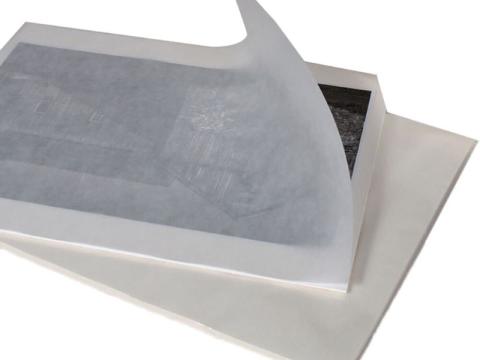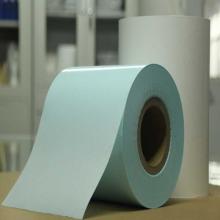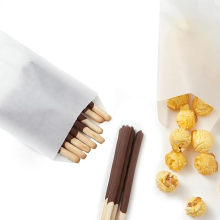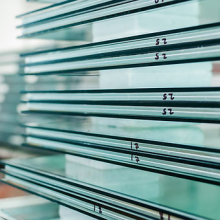
CTP interleaving paper, also known as CTP plate protection paper or CTP plate isolation paper, is a kind of special paper designed to provide protection and support for the printing plate used in the process of Computer-to-Plate (CTP). It is an indispensable supporting material for the manufacturing and use of CTP plates, and is designed to ensure that the plates are kept in good condition during production, transport, storage and before being installed on the printing equipment.
Features
- Moisture resistance: CTP interleaving paper has excellent moisture resistance, which can effectively prevent moisture from eroding the surface of sensitive CTP plates, avoiding oxidation, mould or chemical reaction due to moisture, which will affect the imaging quality and printing performance of the plates.
- Anti-static function: CTP interleaving paper is usually treated with anti-static treatment to reduce the static electricity accumulated in the process of contacting and stripping the plate, and to avoid dust or fibre adsorption due to static electricity, which affects the cleanliness of the plate and the subsequent printing quality.
- Smoothness and moderate thickness: the smoothness of CTP interleaving paper is high to ensure that it will not scratch the plate when it comes into contact with the plate, and the thickness is moderate to provide sufficient support for the plate, but not too thick to cause unnecessary pressure on the plate when it is stacked and stored.
- Easy peeling: High-quality CTP interleaving paper paper is designed with good peeling characteristics, allowing users to easily and non-destructively peel the plate from the plate when mounting it, avoiding damage to the plate or residual paper dust during the peeling process.
- environmental protection and safety: plate liner paper that meets industry standards should be made from non-polluting and non-toxic raw materials, and the content of hazardous substances should be strictly controlled during the production process to ensure that it is environmentally friendly during use and disposal, as well as being harmless to the health of the operators.
- Customisation options: For different types of CTP plates (e.g. photographic system, thermal system, violet laser system, etc.) and specific printing needs, CTP interleaving paper may have different specifications, colour markings or special coatings to facilitate plate identification, management and use.
Applications
- Plate production stage: Before the CTP plates leave the factory, the manufacturer attaches CTP interleaving paper to both sides of the plates to form a protective layer to ensure that the plates are not affected by environmental factors during transportation and storage after leaving the factory and to maintain their initial quality.
- Plate storage and handling: When the printing company receives and stores the CTP plates, CTP interleaving paper continues to play the role of moisture-proof, dust-proof and anti-scratch to ensure that the plates remain in good condition during the waiting period.
- Plate Installation: Before the printing operator gets on the press, CTP interleaving paper will be peeled off from the plate to reveal a clean, undamaged plate surface. This process requires that the plate backing paper is easy to peel off and leaves no adhesive residue, ensuring that the plate is mounted smoothly and accurately on the printing equipment.
- Plate quality check: Before mounting, after CTP interleaving paper has been stripped, staff can easily perform a final quality check on the plate to confirm that the layout is free of defects, contamination and meets the printing requirements.
- Workflow management: Some plate liners may carry colour identification or barcode, which helps printers with inventory management, batch tracking and precise matching with printing jobs to improve production efficiency.




